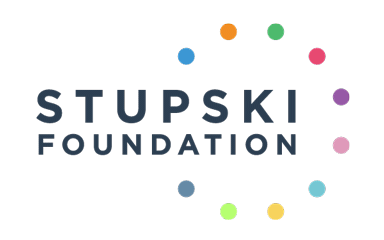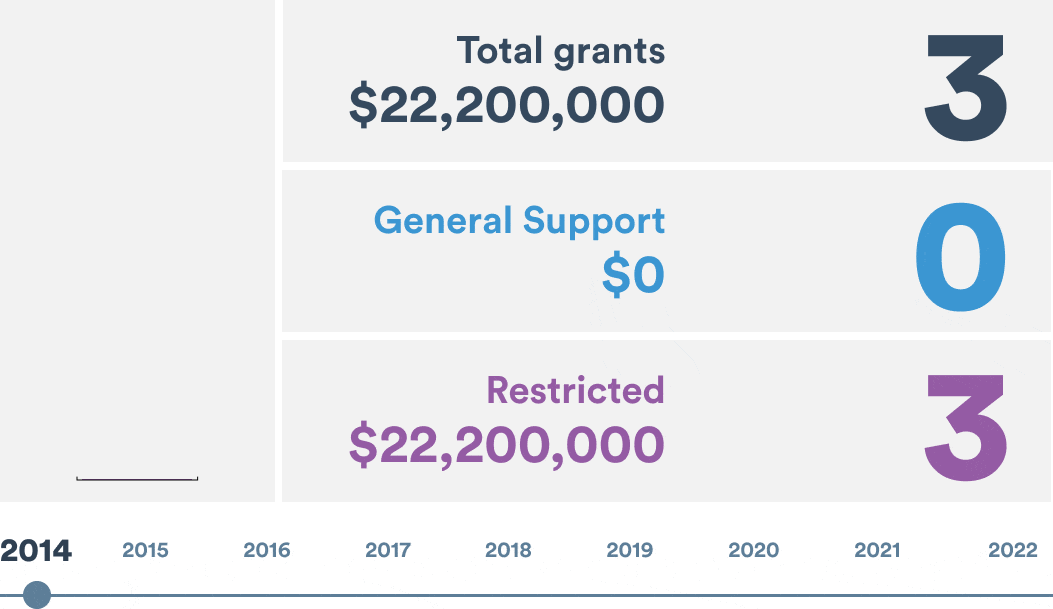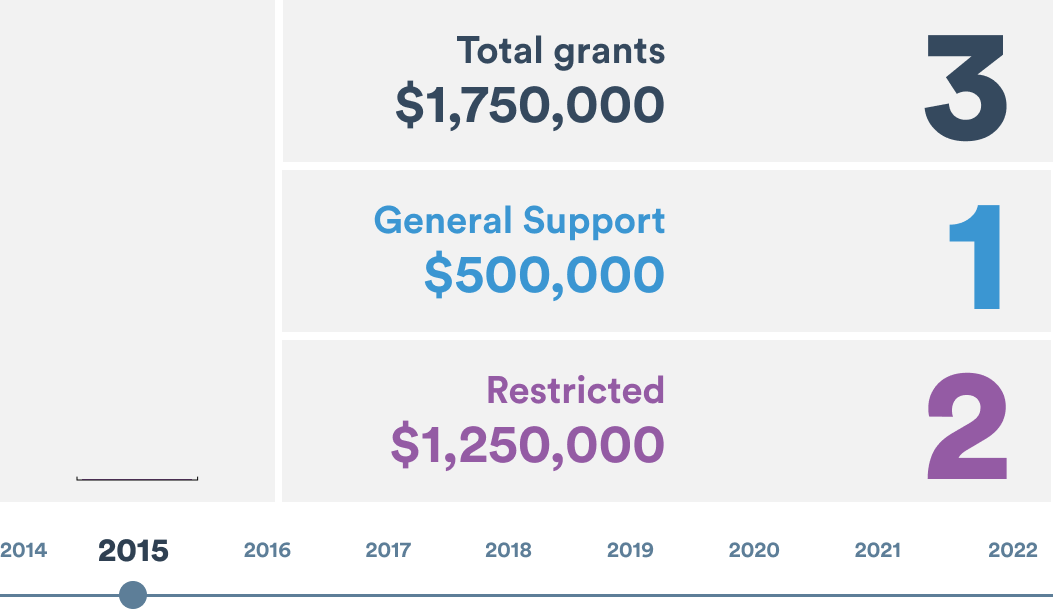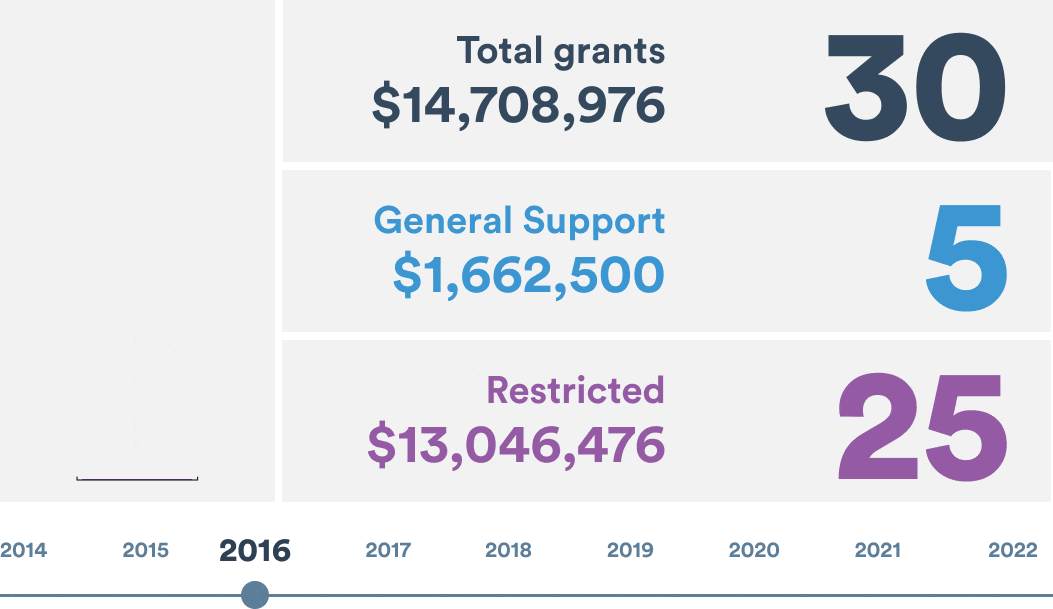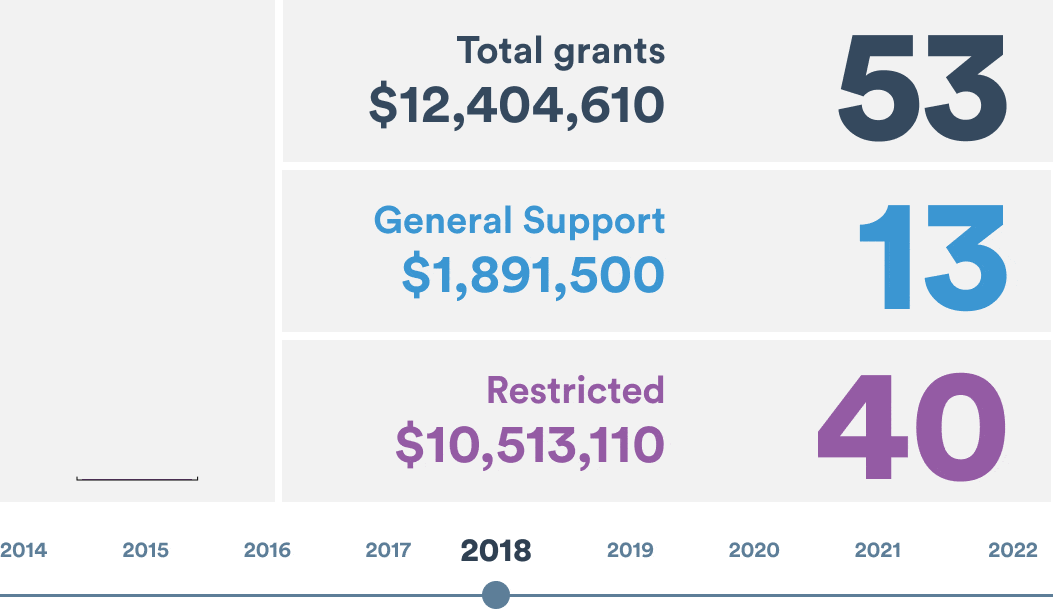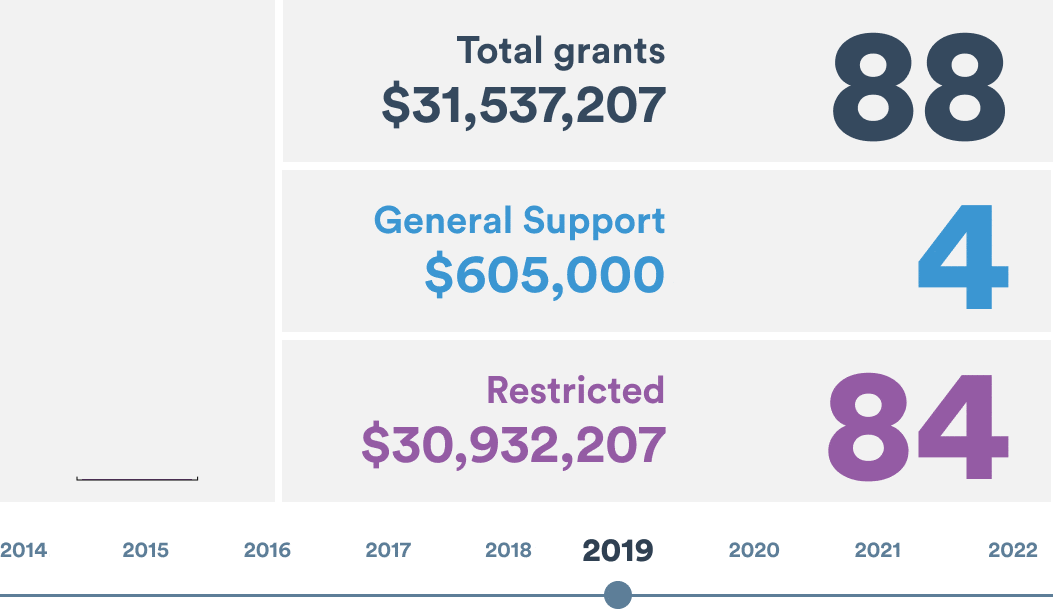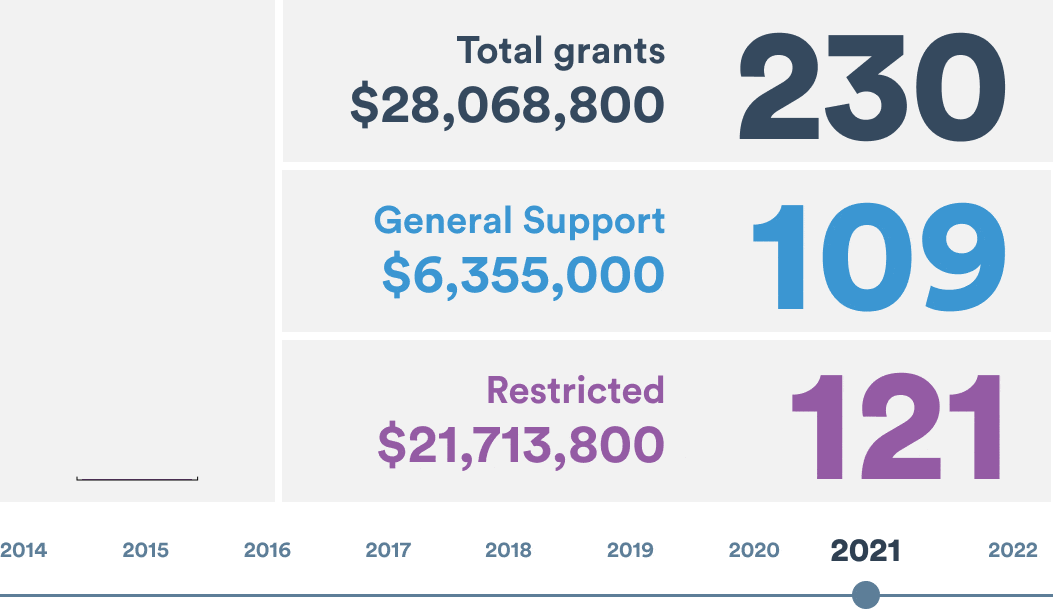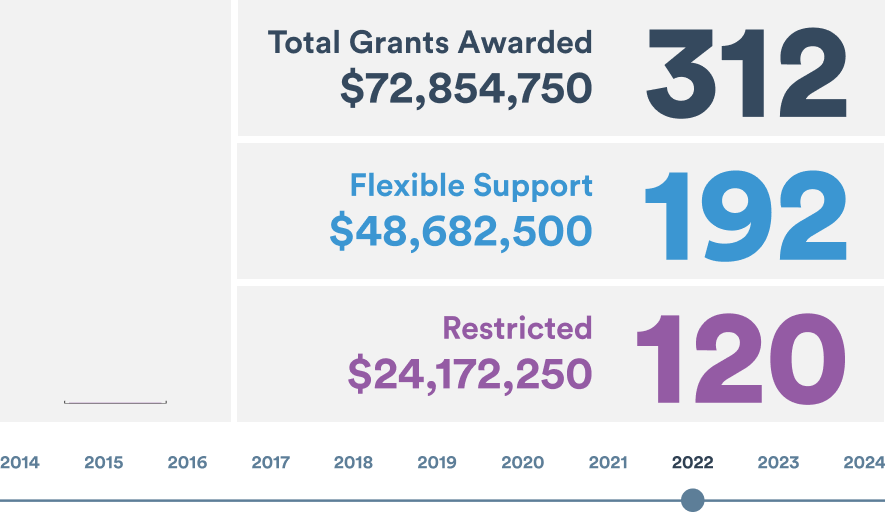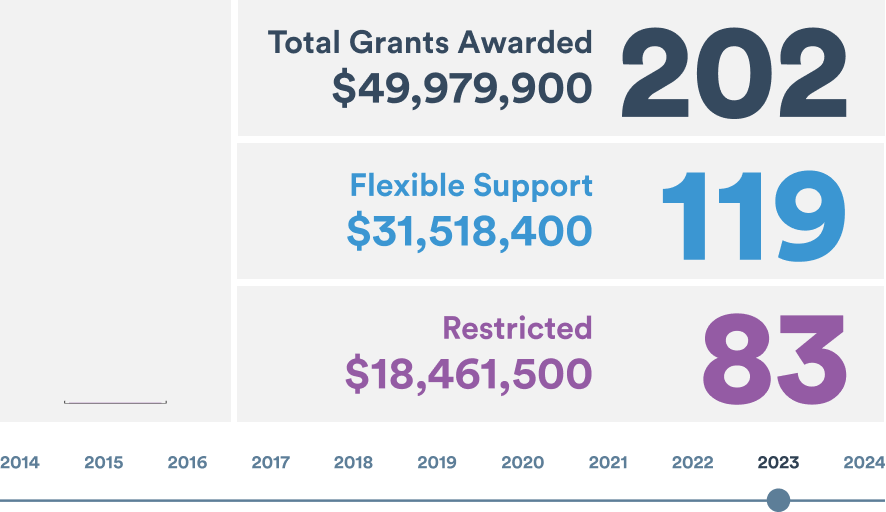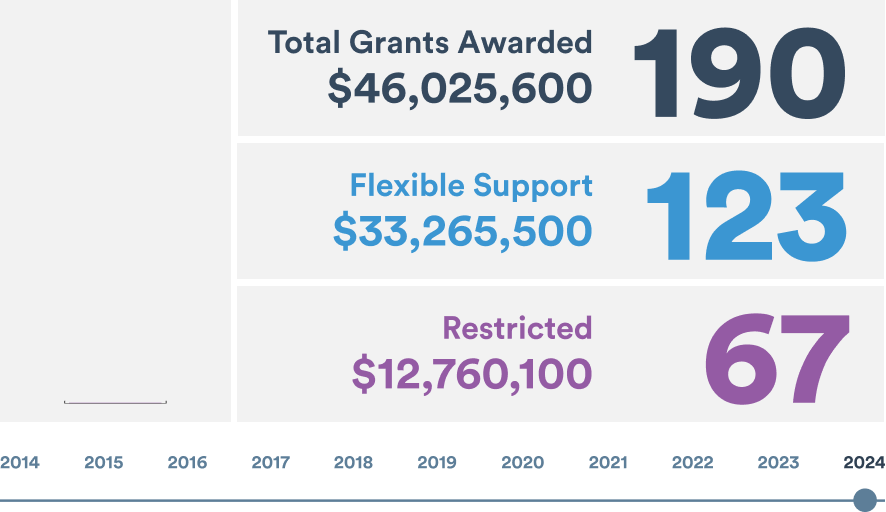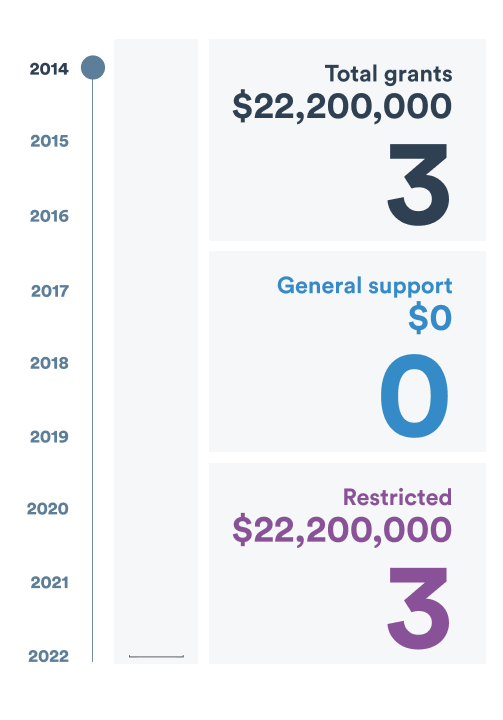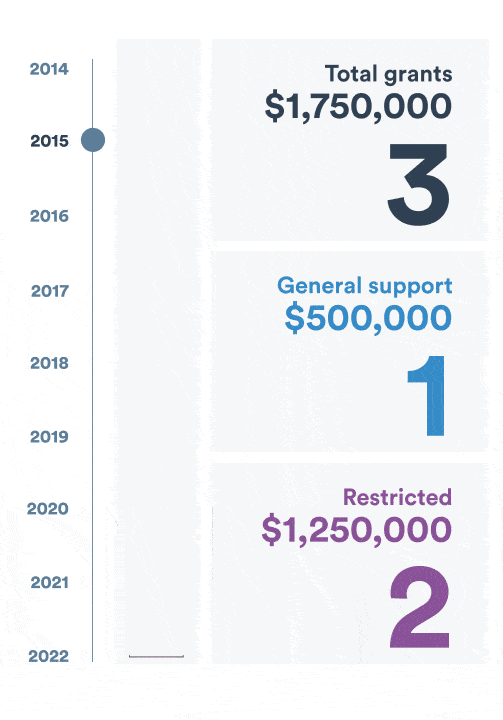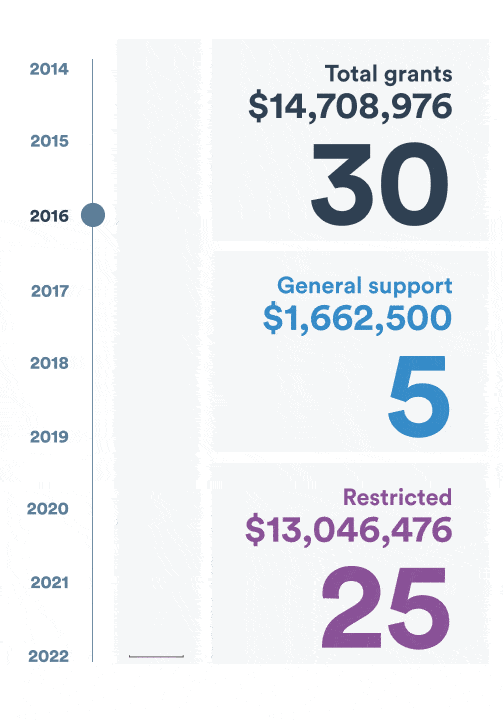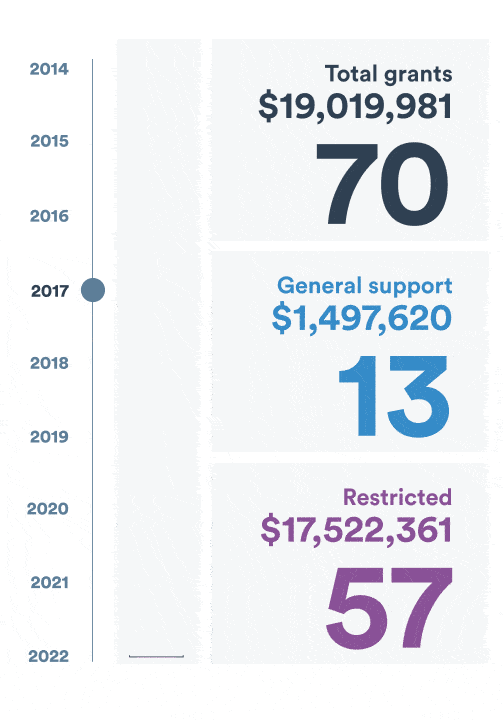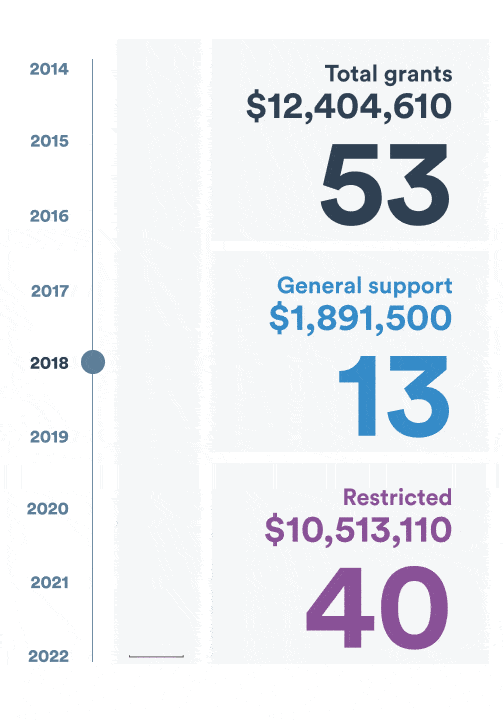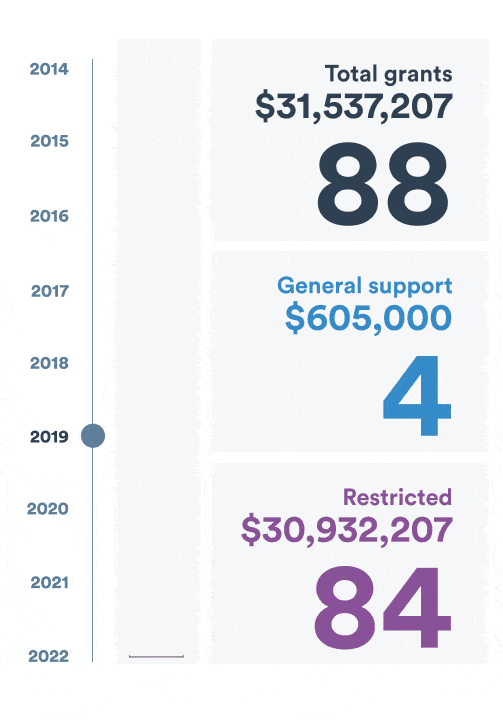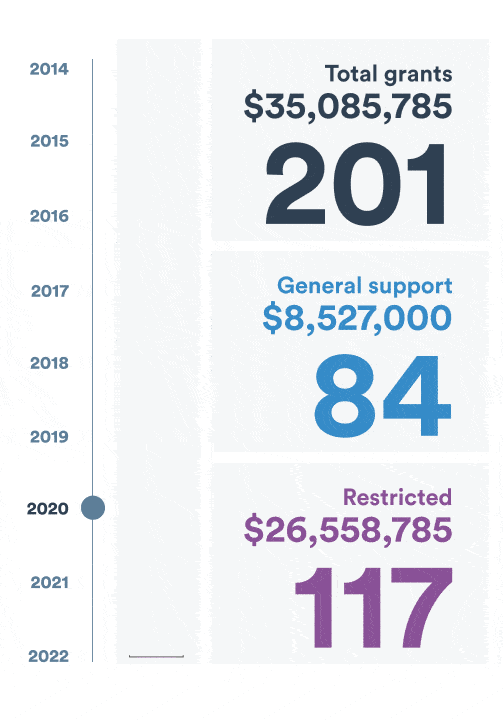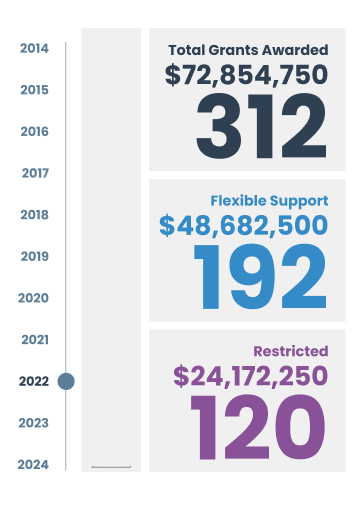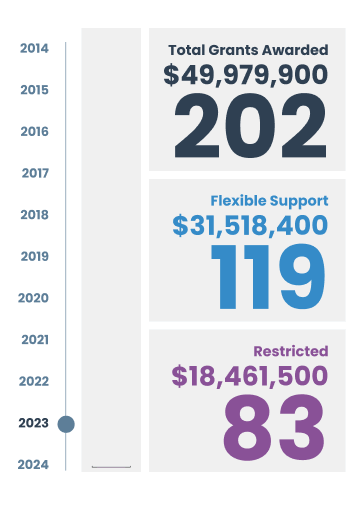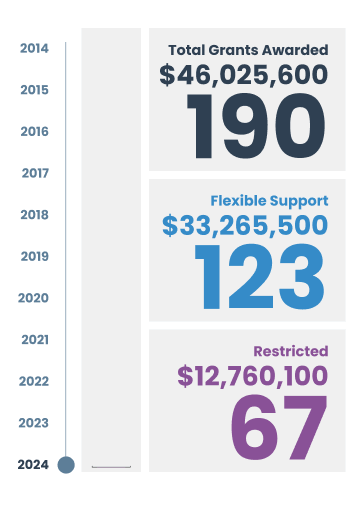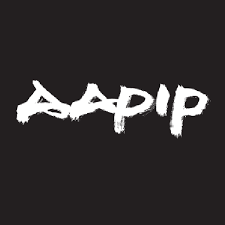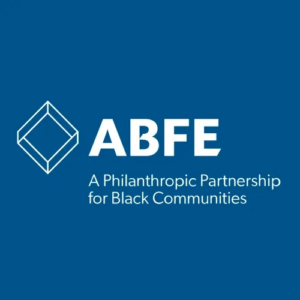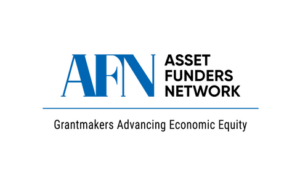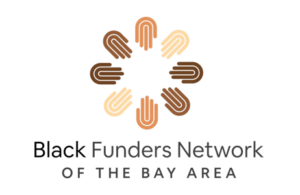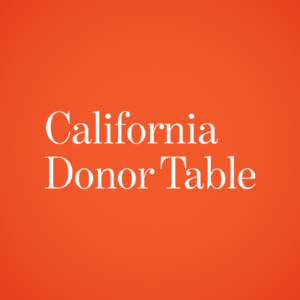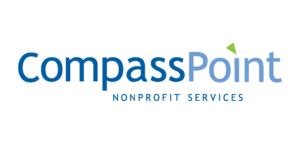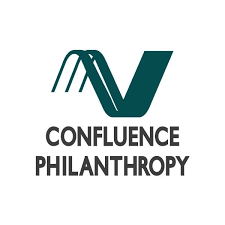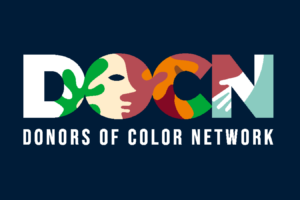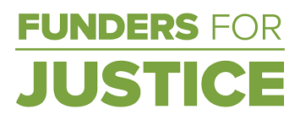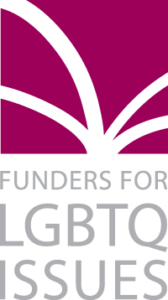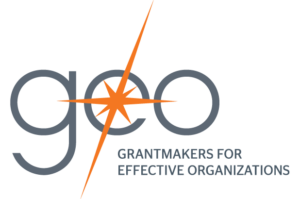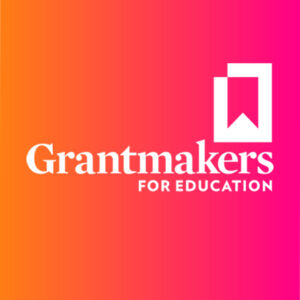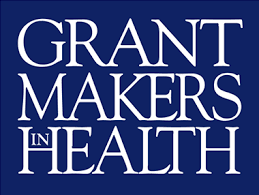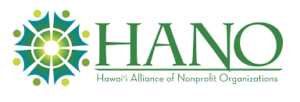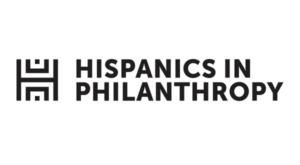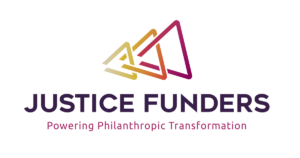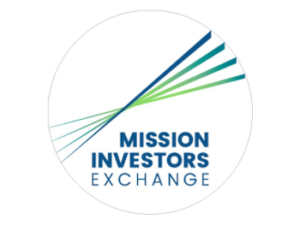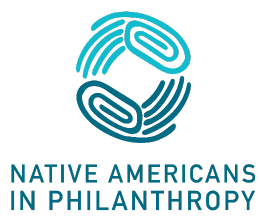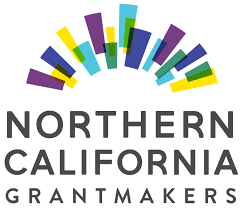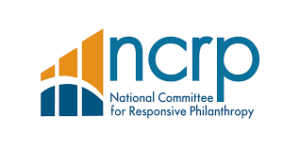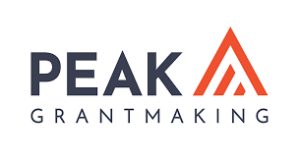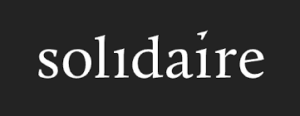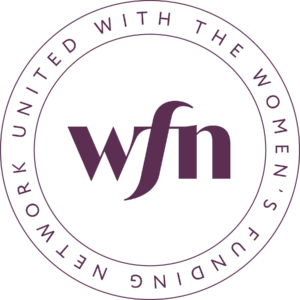Our Approach
We practice trust-based philanthropy. Until we have spent all our funds, the vast majority of our grants will be multiyear or have unlimited terms and will be larger, more flexible, and less restricted—focusing on conversation and learning. This has not always been how we have worked, and we continue to learn how to live more fully in relational practices.
Our Journey
In the formative years of our spend down, our main focus was to support specific programs or initiatives within larger institutions and was initially based on testing specific hypotheses that shaped our approach.
Beginning in 2019—informed by grantee partners, consultants, and philanthropy peers—we committed to deepening our understanding of how racism, sexism, and other forms of oppression harm communities and Stupski staff, and we committed to examining how they impact our grantmaking practice.
In 2020, during the global COVID-19 pandemic and racial justice uprisings, we began to evolve our grantmaking practices and operations. We hired staff with deep community connections to more closely reflect the communities where we work, and we accelerated grantmaking to respond to pressing community needs.
We began to evolve our grantmaking practices and operations and hired staff with deep community connections to more closely reflect the communities where we work.
Where We Are Now
Today, we incorporate collaborative approaches to grantmaking, prioritizing investments that disrupt and transform systems that harm our communities. By breaking philanthropy’s self-imposed rules, we embrace a posture of learning and support. We build relationships with grantee partners and invest our time and attention in co-designing grant relationships. As part of our commitment to shifting and sharing power, we center learning and support throughout the life of a grant and value cultivating insight over conducting assessments.

Who we fund
Our support extends to large systems and institutions as well as community-based organizations that embody the diverse voices of their communities. We have and are continuously learning how to better integrate equity and justice considerations of race, class, gender, and sexual orientation into our grantmaking. Aligning with our commitment to return dollars and decisions to communities, we prioritize funding community-led organizations and those led by people of color.
Meet Stupski’s grantee partners
Grantee Perception Reports
How we fund
Our grantmaking is flexible and adaptive, actively informed by feedback from tools like the Center for Effective Philanthropy’s Grantee Perception Report. By breaking fake rules and fostering open, honest communication with our grantee partners, we ensure our funding aligns with their needs. Read in our last two Grantee Perception Reports about what we learned from our partners.
Shifting to Flexible Support
At Stupski, we believe our grantmaking should be tailored to best support our partners’ work, instead of making them invest significant time and resources to meet our requirements. In response to the mistakes we made, the lessons we learned, the relationships we built with partners, and repeated calls from nonprofit leaders to funders to increase flexibility in grantmaking, we shifted towards more flexible support and general operating grant-making in recent years.
We are committed to making our grantmaking as responsive and flexible as possible to meet the needs of our grantee partners. Because some organizations and programs we partner with require focused funding to achieve their goals, some of our grantmaking is still restricted to program-specific support. Whenever possible, we commit to making longer or unlimited term, larger grants, and fewer restricted grants in addition to less burdensome reporting requirements. Follow the shifts in our grant-making each year as we moved from mostly restricted grantmaking to increasing flexible support grants.*
*Flexible support grants include general operating dollars, support for fiscally sponsored projects, and flexible support for programs at large institutions.

Beyond Grantmaking
Supporting Grantee Partner Capacity
We are committed to strengthening grantee partners’ capacity on their terms through our grantmaking and alongside it. We approach this in various ways, including via making general operating support grants, promoting wellness, maintaining open and transparent communication to foster trust and collaboration, facilitating community connections, and offering strategic communications training.
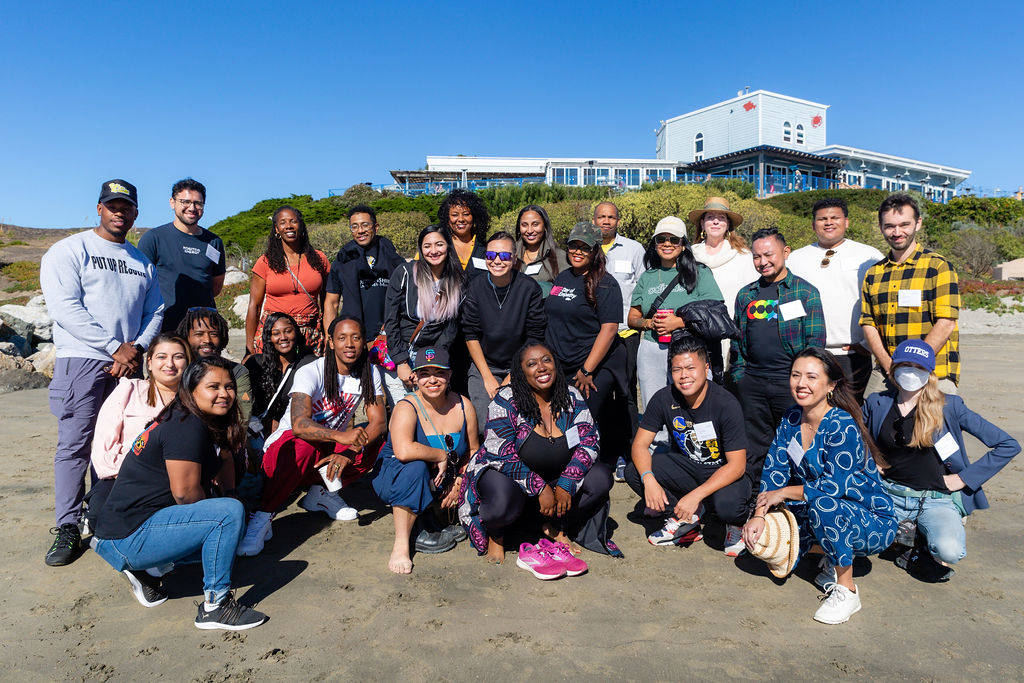
Impactful Investing
We are committed to leveraging the Foundation’s resources to support community healing, and that goes beyond our grantmaking. We built some of our foundational wealth by investing in extractive industries that may have contributed to generational harm in our communities that will take generations to heal. The cumulative impact of these investments and the returns may have generated harm that exceeds the potential impact of our grantmaking.
Since 2019, we have moved $74 million to mission-related or mission-aligned investing or loans. We have committed to fully divesting to shift out of investing in harmful industries. This alignment has been complex, requiring negotiation of some of our Foundation’s most fundamental practices, even with the flexibility that comes from our spend-down position.
In line with our promise to change systems for good and break fake rules, in 2023, we welcomed a new investment committee on our board that prioritized activating our remaining assets. This led to allocating $25 million to a dozen short-term, zero-to-1% loans primarily supporting innovative real estate, nonprofit, and small-business development. These investments have collectively supported:
- Racial and Gender Equity: Supporting women- and people of color-led businesses
- Affordable Housing: Preserving and creating housing for vulnerable populations
- Community Ownership: Financing real estate projects for community wealth-building
- Sustainability and Environmental Restoration: Addressing environmental needs, such as land stewardship and green infrastructure, through innovative lending
- Youth Development: Funding programs that create leadership and employment opportunities for young people, helping to build equitable pathways for the next generation
By lending first and granting later, we ensure that the same dollars can work twice—first as catalytic, flexible capital through loans and then as direct grants to amplify the long-term impact on the communities and systems that our partners are transforming.
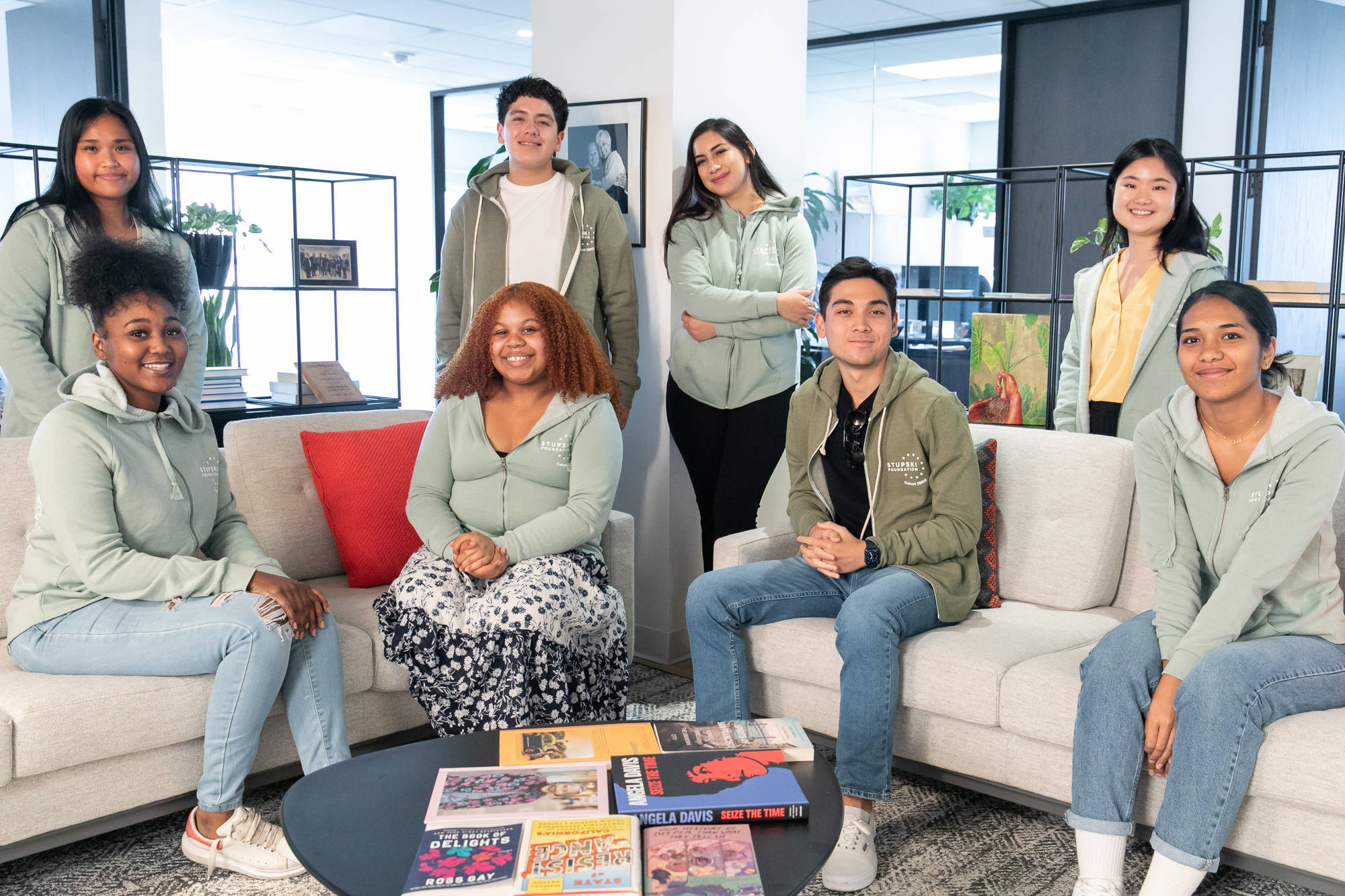
Our Commitment to Youth Leadership
We continue to learn from youth leaders in philanthropy about how to become better community partners. Since 2020, nearly 30 youth leaders have played a vital role in supporting our grant making.
We invite you to explore our youth intern alumni’s inspired research and advocacy.

From Reflection to Action:
Our Evolving Support for Land and ʻĀina-Connected Organizations
In 2019, we reflected on calls from Indigenous-led organizations to recognize our responsibility to acknowledge the history of land theft and displacement that the philanthropic sector was built on and that it continues to benefit from. We realized that although our organization and many other foundations have expressed a commitment to racial equity principles, we needed to integrate support for Indigenous-centered work into our grantmaking and operating budgets in the places we live and work. As part of a larger organization-wide commitment to racial equity principles, we recognized the need to more deeply support Indigenous-led organizations.
We needed to integrate support for Indigenous-centered work into our grantmaking and operating budgets in the places we live and work.
In addition to the contributions we have made to Indigenous-led organizations through our primary work of grantmaking and loans, in 2021, we made $25,000 grants in Hawaiʻi and the San Francisco Bay Area, which we continued in 2022.
In 2023, as part of this ongoing learning, we committed to this support as part of our core operating expenses. To increase the flow of resources to these organizations, in 2024, we recalibrated to set this at 1% of our annual grantmaking, which was significantly more than what we had allocated in the past.
We have learned from many Indigenous-led, people of color-led, and ally organizations, community members, and funder partners who are collectively working to change the way support for Indigenous communities is delivered. These resources have informed our evolving practice.
- Overlooked (Part Two) – Foundation Support for Native American Leaders and Communities
- Decolonizing Wealth Project
- Native Land Digital
Learn more about some of the Indigenous-centered groups we have contributed to in Hawaiʻi and the San Francisco Bay Area.
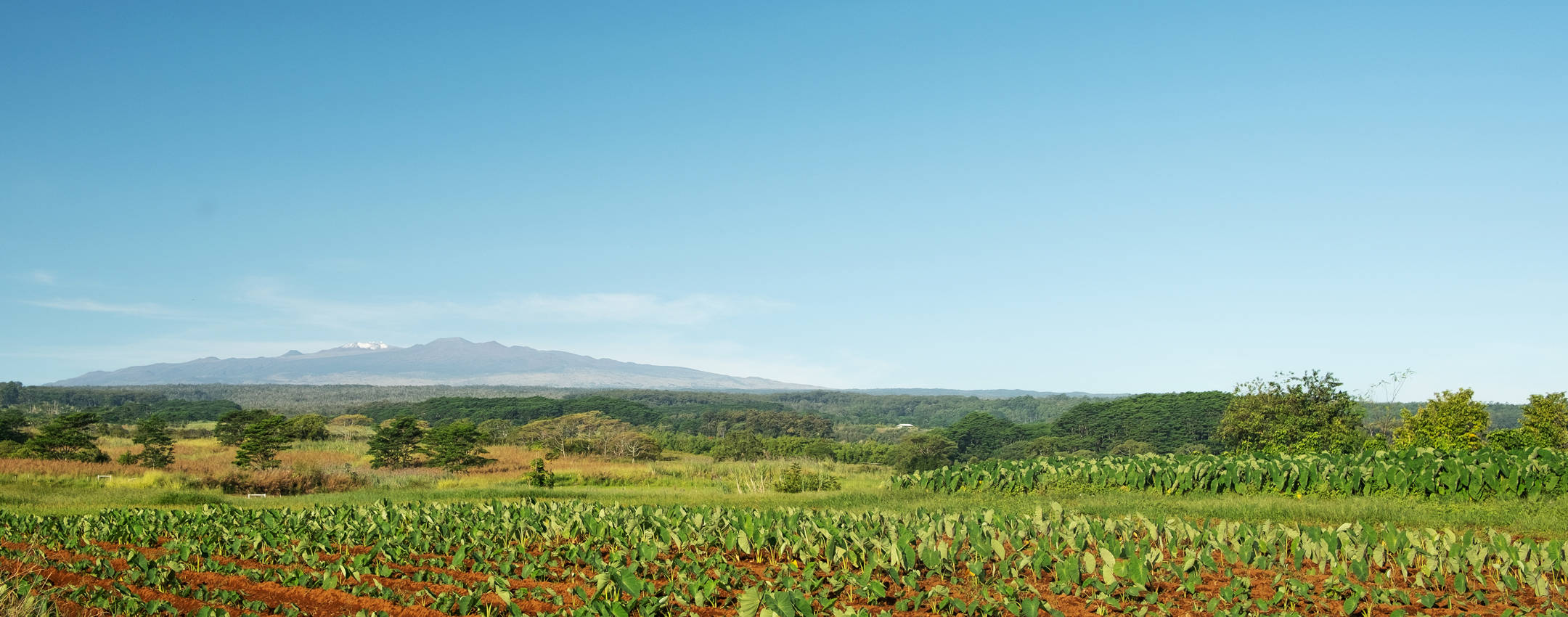
Our Funder Community
We believe in and are stirred by organizations that catalyze our sector, and they support us to center our practices on advancing racial equity. This commitment aligns with our promise to change systems for good.
We actively seek ways to engage with our funder community so that we can collectively continue striving to dismantle inequitable systems and dream of new ones rooted in equity and justice.
Here are a few of our favorite publications and immersive learning experiences:
- Justice Funders Resonance Framework
- Trust Based Philanthropy Self Reflection Tool
- National Center for Responsive Philanthropy Power Moves
- GEO's Reimagining Capacity Building: Navigating Culture, Systems & Power
- Fund for Shared Insight’s Participatory Philanthropy Toolkit
- NCG How Youth-Participatory Grantmaking Is Transforming Philanthropy
- GEO’s No More Excuses: Child and Youth Participation is the Future of Philanthropy
- Dorothy A. Johnson’s Center A Comprehensive Field Scan of Youth Philanthropy to Inform its Support and Development

